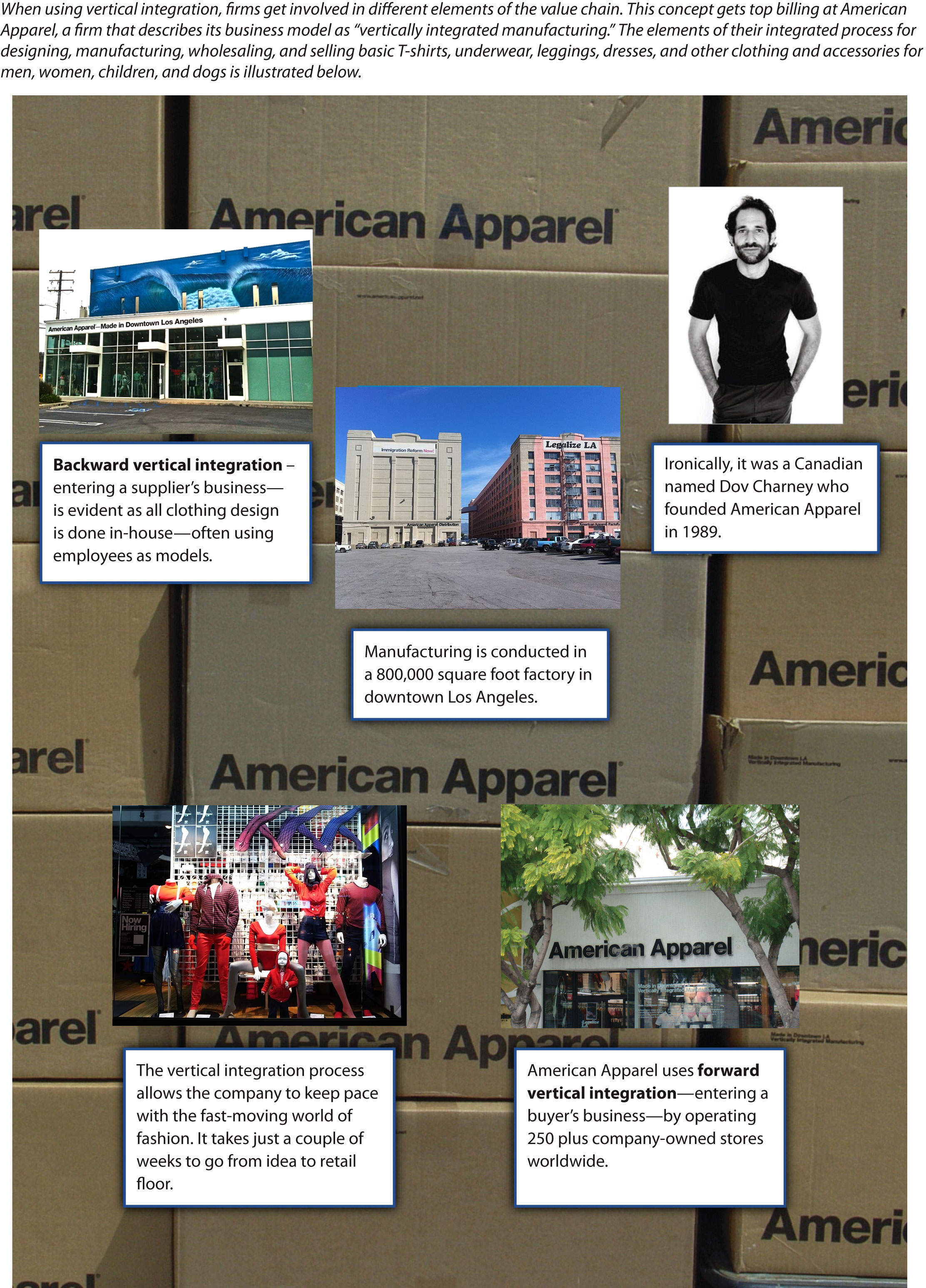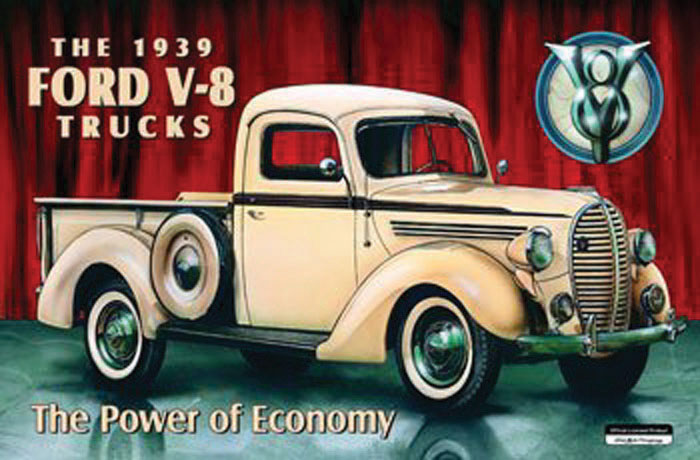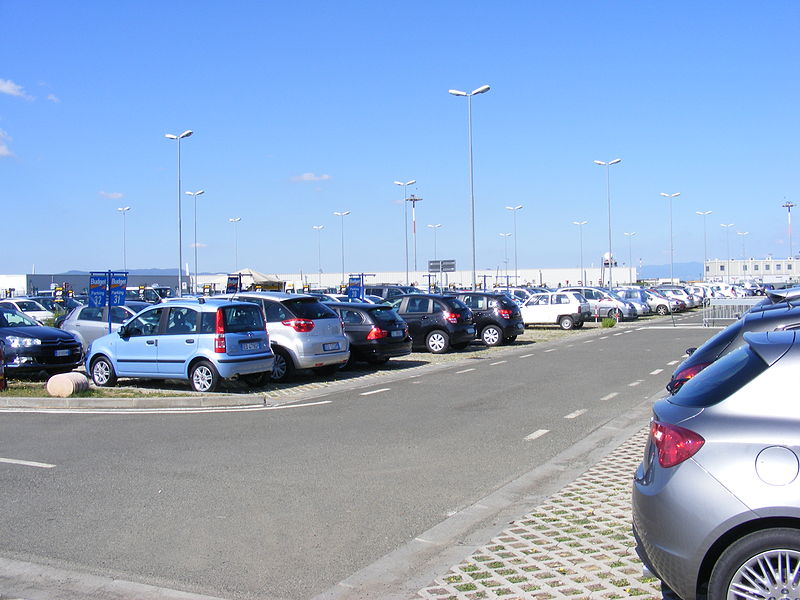Chapter 8: Selecting Corporate-Level Strategies
Vertical Integration Strategies
Learning Objectives
- Understand what backward vertical integration is.
- Understand what forward vertical integration is.
- Be able to provide examples of backward and forward vertical integration.
When pursuing a vertical integration strategy, a firm gets involved in new portions of the value chain (Figure 8.7 “Vertical Integration at American Apparel”). This approach can be very attractive when a firm’s suppliers or buyers have gained too much power over the firm and are using their power to capture more profit at the firm’s expense. By acquiring the supplier or buyer, executives can reduce or eliminate the leverage that the supplier or buyer has over the firm. Considering vertical integration alongside Porter’s five forces model highlights that such moves can create greater profit potential. Firms can pursue vertical integration on their own, such as when Apple opened stores bearing its brand, or through a merger or acquisition, such as when eBay purchased PayPal.
As anyone who’s ever taken an economics course can attest, the automotive industry is literally built on the concept of vertical integration—that is, one company owning both the manufacturing and as much as possible of the supply chain that leads to the factory floor. The Big Three North American auto manufacturers have moved away from this model due to economic woes and other considerations. But it’s a business plan that served them well in the formative years of the industry when such a strategy helped manage production costs, ensured a steady stream of components, and established a certain strategic independence.
That’s why electric-car maker Tesla’s recent announcement to build a so-called gigafactory to build batteries for its coming electric vehicle lines would seem to make a world of sense. The automaker hopes that by taking over the battery end of the business—probably the single most expensive component of an electric car—it can reduce the per-kilowatt-hour cost of its power sources by more than 30 percent. It could also help expedite the development of advanced battery technology and ensure a steady product supply in what is still a fledgling end of the auto industry. After all, it wasn’t long ago that many hybrid cars simply leveraged what amounted to a case of interconnected off-the-shelf rechargeable batteries one might otherwise find in a laptop or power tool to power the vehicle.
As a company, Tesla seems to be as dynamic a force as its founder, Elon Musk (also of PayPal and SpaceX fame). It comes as no surprise that the prevailing attitude there would be that if anyone is going to build the proverbial better mousetrap, it’s going to be them. Now of course Tesla is not going this route alone, either in terms of investment or expertise, as roughly half of the expected $5 billion to build the plant will come from its partners, which are expected to include the firm’s current battery supplier Panasonic.
Admittedly Tesla has lofty goals moving forward and, given the start-up nature of both the company and the segment of the business in which it operates, it’s particularly vulnerable to the failure or success of its suppliers. Indeed, a recent study conducted by the University of Utah’s David Eccles School of Business concluded that companies were between 5 and 70 percent more likely to fail when they outsourced components deemed critical to their competitive position within an industry.

Today, oil companies are among the most vertically integrated firms. Petro-Canada is an integrated oil and gas company engaged in both upstream and downstream activities. On the upstream side of the business, it maintains extensive Canadian as well as international exploration and production interests, which include, among others, the Terra Nova and Hibernia production facilities off Canada’s East Coast, various oil sands projects in Alberta’s north, and various locations in the North Sea.
The risk of not being vertically integrated is illustrated by the 2010 Deepwater Horizon oil spill in the Gulf of Mexico. Although the U.S. government held BP responsible for the disaster, BP cast at least some of the blame on drilling rig owner Transocean and two other suppliers: Halliburton Energy Services (which created the cement casing for the rig on the ocean floor) and Cameron International Corporation (which had sold Transocean blowout prevention equipment that failed to prevent the disaster). In April 2011, BP sued these three firms for what it viewed as their roles in the oil spill.

Vertical integration also creates risks. Venturing into new portions of the value chain can take a firm into very different businesses, generally requiring very different business skills. A lumberyard that started building houses, for example, would find that the skills it developed in the lumber business have very limited value to home construction. Such a firm might be better off to explore expanding production of wood products and selling to other retailers.
Vertical integration can also create complacency. Consider, for example, a situation in which an aluminum company is purchased by a can company. People within the aluminum company may believe that they do not need to worry about doing an excellent job because the can company is guaranteed to use their products. Some companies try to avoid this problem by forcing their subsidiary to compete with outside suppliers, but this undermines the reason for purchasing the subsidiary in the first place.
Backward Vertical Integration
A backward vertical integration strategy involves a firm moving back, or upstream, along the value chain and entering a supplier’s business. Some firms use this strategy when executives are concerned that a supplier has too much power over their firms. In the early days of the automobile business, Ford Motor Company created subsidiaries that provided key inputs to vehicles such as rubber, glass, and metal. This approach ensured that Ford would not be hurt by suppliers holding out for higher prices or providing materials of inferior quality.

Although backward vertical integration is usually discussed within the context of manufacturing businesses such as steelmaking and the auto industry, this strategy is also available to firms such as CTV that compete within the entertainment sector. The Sports Network (TSN) is a Canadian English language Category C specialty channel owned by CTV Specialty Television, a joint venture of Bell Media (80 percent) and ESPN Inc. (20 percent). It is Canada’s oldest and highest-rated English language sports television channel. TSN premiered in 1984, as part of the first group of Canadian specialty cable channels. By owning its own production company, TSN can ensure that it has a steady flow of programs that meet its needs.
Forward Vertical Integration
A forward vertical integration strategy involves a firm moving farther down the value chain to enter a buyer’s business. Amazon, the company that defined the world of online commerce, is venturing farther into the world of physical retail—experimenting with standalone, automated “Kindle Kiosk” vending machines in selected airports and shopping malls. The machines sell everything from the $379 Kindle Fire HDX to a $20 Kindle PowerFast adapter, in addition to Kindle e-readers and covers. Each time a Kindle item is sold through a Kindle Kiosk, the firm makes a little more profit than it would if the same item were sold by a retailer such as Indigo Chapters.
Forward vertical integration also can be useful for neutralizing the effect of powerful buyers. Rental car agencies are able to insist on low prices for the vehicles they buy from automakers because they purchase thousands of cars. If one automaker stubbornly tries to charge high prices, a rental car agency can simply buy cars from a more accommodating automaker. It is perhaps not surprising that Ford purchased Hertz Corporation, the world’s biggest rental car agency, in 1994. This ensured that Hertz would not drive too hard a bargain when buying Ford vehicles. By 2005, selling vehicles to rental car companies had become less important to Ford, and Ford was struggling financially. The firm then reversed its forward vertical integration strategy by selling Hertz.

eBay’s purchase of PayPal and Apple’s creation of Apple Stores are two recent examples of forward vertical integration. Despite its enormous success, one concern for eBay is that many individuals avoid eBay because they are nervous about buying and selling goods online with strangers. PayPal addressed this problem by serving, in exchange for a fee, as an intermediary between online buyers and sellers. eBay’s acquisition of PayPal signaled to potential customers that their online transactions were completely safe—eBay was now not only the place where business took place but eBay also protected buyers and sellers from being ripped off.
Apple’s ownership of its own branded stores set the firm apart from computer makers such as Hewlett-Packard, Acer, and Gateway that only distribute their products through retailers like Best Buy and Staples. Employees at Best Buy and Staples are likely to know just a little bit about each of the various brands their store carries. In contrast, Apple’s stores are popular in part because store employees are experts about Apple products. They can therefore provide customers with accurate and insightful advice about purchases, product use, and repairs. This is an important advantage that has been created through forward vertical integration.
Key Takeaways
- Vertical integration occurs when a firm gets involved in new portions of the value chain. By entering the domain of a supplier (backward vertical integration) or a buyer (forward vertical integration), executives can reduce or eliminate the leverage that the supplier or buyer has over the firm.
Exercises
- Identify a well-known company that does not use backward or forward vertical integration. Why do you believe that the firm’s executives have avoided these strategies?
- Some universities have used vertical integration by creating their own publishing companies. The Harvard Business Press is perhaps the best-known example. Are there other ways that a university might vertically integrate? If so, what benefits might this create?
References
American Cities Business Journals. (2010, August 4). Outsourcing May Lead to Failure in Tough Times and in Good, Shows University of Utah Research. Retrieved from http://www.bizjournals.com/prnewswire/press_releases/2010/08/04/DA45410
Bishop, T., Soper, T. (2014, January 9). Surprise: Amazon tests physical retail with ‘Kindle Kiosk’ vending machines. Geekwire LLC. Retrieved from http://www.geekwire.com/2014/hands-amazon-tests-physical-retail-kindle-kiosk-vending-machines/
Forbes. (2014, February 27). Why Tesla’s Vertical Manufacturing Move Could Prove Essential To Its Success. Retrieved from http://www.forbes.com/sites/jimgorzelany/2014/02/27/why-teslas-vertical-manufacturing-move-is-manifest-destiny/
Gorzelany, J. (2014, February 27). Why Tesla’s Vertical Manufacturing Move Could Prove Essential To Its Success. Forbes.com. Retrieved from http://www.forbes.com/sites/jimgorzelany/2013/11/14/tesla-could-be-planning-an-f-150-fighter-really/
Wikipedia Corporation. (2014). The Sports Network. Retrieved from http://en.wikipedia.org/wiki/The_Sports_Network
Yusufali, S., Pratt, L. (2013, December 16). Petro-Canada, The Canadian Encyclopedia. Retrieved from http://www.thecanadianencyclopedia.ca/en/article/petro-canada/
Image description
Figure 8.7 image description: Vertical Integration at American Apparel
When using vertical integration firms get involved in different elements of the chain. This concept gets top billing at American porel a firm that describes its business model as “vertical integrated manufacturing The elements of their integrated process for designing wholesaling, and selling basic T-shirts underwear, leggings, dresses, and Other Clothing and accessories men, Children, and dogs is below.
- Backward vertical integration — entering a suppliers business is evident as all clothing design is done in-house—often using employees as models.
- Manufacturing is conducted in a square feet factory in downtown Los Angeles.
- Ironically, it was a Canadian named Dov Charney who founded American Apparel in 1989.
- The vertical integration process allows the company to keep pace with the fast-moving world of fashion It takes just a couple of weeks to go from idea to retail.
- American Apparel uses forward vertical integration—entering a buyers business—by operating 250 plus Stores worldwide.
When a firm gets involved in new portions of the value chain.
a strategy that involves a buyer entering the industry that it purchases goods or services from
A strategy that involves a supplier entering the industry that it supplies inputs to.

